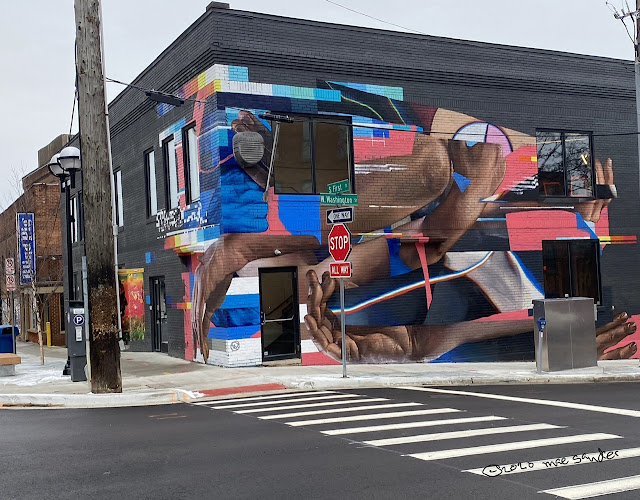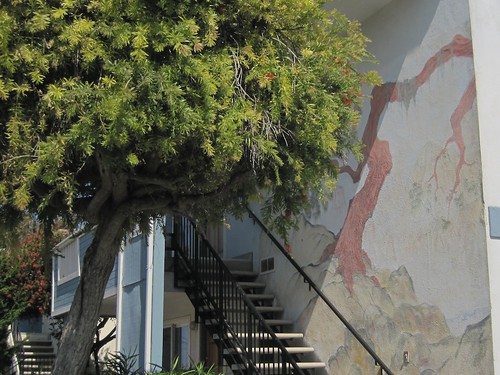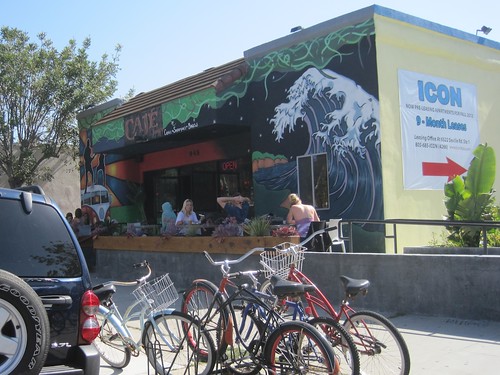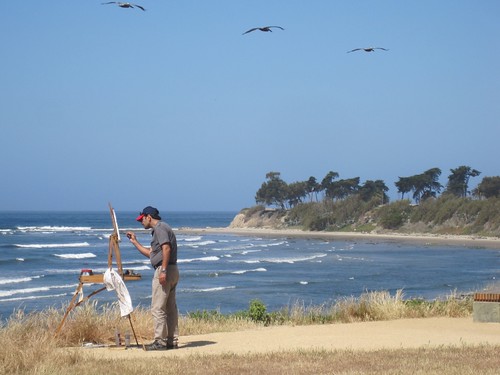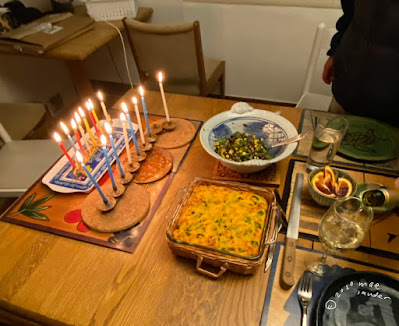Food Politics in Mind
Political misdeeds are ongoing in Washington, preventing the deployment of adequate help for the most vulnerable members of our society from the Federal government. The calloused postponement of signing the relief bill was the last of many insults and injuries. Cruel delay in funding for those in need -- as well as many other events -- made me angry and sad, but I'm not going to discuss the matter further. I have high hopes that the situation will improve with the new and more humanitarian administration.
Food Politics in My Kitchen

|
Vegan curry with cauliflower, bell pepper, tomatoes, potatoes, red
lentils. This is becoming one of my go-to recipes. |
Food politics also have had a direct impact on my kitchen decisions. I've worked around the shortages and challenges of shopping without entering the stores. But most pressing: I've worried about disruptions and objectionable practices in the food supply, including the terrible treatment of food workers, the problems for farmers, and the shortages of packaging materials, especially for flour.
In response to the cruel behavior of meat packing plant owners, who caused large numbers of workers to become infected (and many to die), we reduced meat consumption and avoided all meat from American industrial packing plants. Some sources say that these essential workers will be prioritized for the vaccine: I hope so!
I've done many experiments in vegetarian cooking during the year -- just one is in the picture. Red lentils were completely new to me! For a while, besides actual vegetables, we also experimented with various fake meat options, like Beyond Burgers. Eventually, I decided that I really didn't find them that appealing. I'm not sure they are better for the environment, for food workers, or for one's health than actual meat -- and they aren't cheap! On the whole, I prefer small-scale farmed local meat. It's been a few months since we had fake meat, and I don't think I will use it in the future.
My Pantry During the Pandemic
Treading a fine line between becoming a hoarder and being prudent with available shopping options has been challenging. I've learned to deal with remote ordering of food and kitchen tools. No shopping! No personal selection of produce! (With a few exceptions during the summer when there were outdoor markets).No More Coke: That Is, Diet Coke
 |
| July, 2020: one of my last Diet Cokes. |
We sparingly drank our remaining cans of Diet Coke throughout the summer, and by the time we could more easily have ordered more through the improved grocery delivery systems that had emerged, we had lost our taste for it. Thinking of this is a reminder of the complete breakdown of grocery shopping we experienced in the first weeks of lockdown, and how so many businesses have adapted to new conditions!
Cooking

|
|
We constantly make new kinds of pancakes from sourdough discard. Here: pancakes with raisins and dried apricots with a side of fried apple slices. |
Finding new ways to enjoy kitchen activities has been one of my important ways of handling a safe and isolated life as required during the pandemic. My experiments with spice and vegetarian meals have been a response to the meat supply problem described above. Another way to deal with it: buying gadgets.
The pancakes are in an image from the November, 2020 In My Kitchen post.
Baking
Throughout the year, Len's baking has progressed and become an increasingly important part of our lives. He's tried many sourdough recipes, breads from a variety of ethnic cuisines, and more. Some of the bread books have been on our shelves for years, but many of them are new, especially The Rye Baker.Shared Cooking
Hunger Stalks the Globe
To end where I began: my most pressing concern is for the many people in our country and throughout the world who have been impoverished by the economic effects of the pandemic. In my kitchen is thus heightened awareness of hunger that stalks our country and the globe.
We hope that the vaccine will soon be distributed. We hope that our own situation and that of many others will improve. However, we have enormous concern for those who remain vulnerable due to poverty and poor health. Our concern for our society is enormous. Our kitchen is only one small place in a huge world, and difficult times make us all the more aware of this.
For all my fellow bloggers and other readers: I hope your New Year, 2021, is much better than 2020. Above all, I wish you good health. And I thank you for offering descriptions of your kitchens and your lives throughout the year.
Blog post © 2020 mae sander.
Shared with Sherry's In My Kitchen blog event.






 L
L














